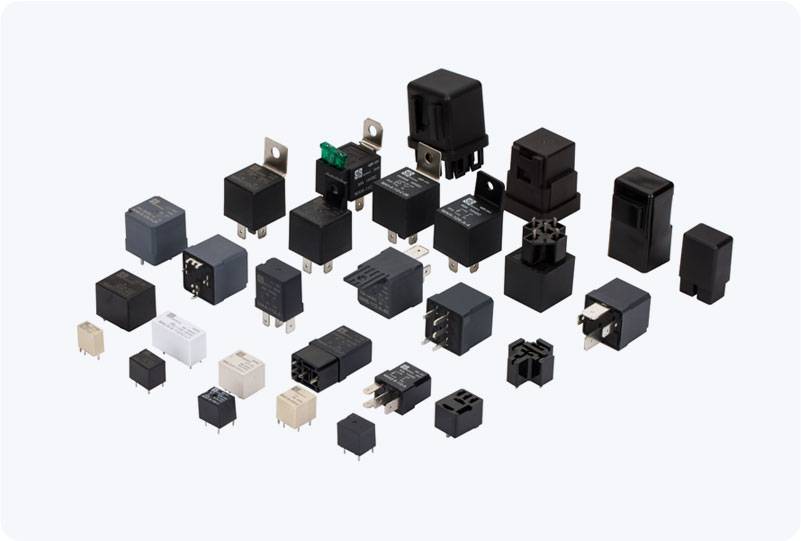A High Current Relay is an essential electrical device that plays a critical role in controlling high-power circuits. Designed to handle large electrical currents, these relays are widely used in various industrial, automotive, and energy-related applications where standard relays would be insufficient. In this article, we will explore the functionality, characteristics, and key applications of High Current Relays, emphasizing their importance in ensuring safe and efficient operation of high-power systems.

What is a High Current Relay? A High Current Relay is a specialized type of electromagnetic switch designed to handle and control electrical circuits that operate with high currents, typically ranging from tens of amperes to hundreds of amperes. These relays consist of an electromagnet that opens or closes contacts to control the flow of electricity. Unlike standard relays, which are typically used in low-power applications, High Current Relays are built with robust materials and construction techniques to withstand the stresses of high electrical loads. The primary function of a High Current Relay is to allow a low-power control signal, such as from a microcontroller or programmable logic controller (PLC), to switch a higher-power electrical circuit. This means that small control signals can be used to activate or deactivate large machines, motors, or other high-power devices without the need for manual intervention or direct handling of dangerous voltages.